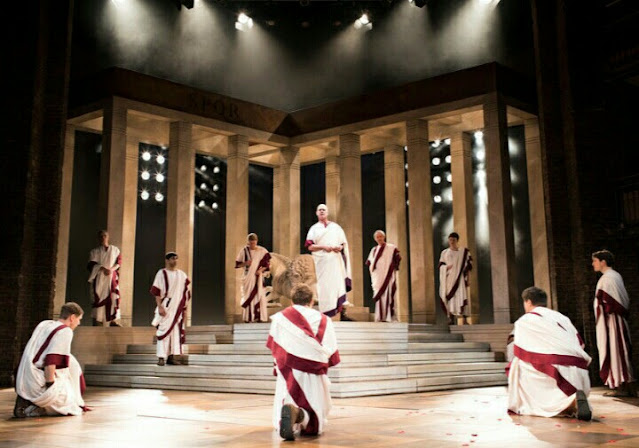Yes a lot has changed over the years and decades and centuries, but there are still a lot of changes to come to make the world even better than it presently is. From areas of technology, medicine, media and even scientific discovery, it is safe to say that the world is advancing at an incredibly fast rate.
For instance, in Rome, the New year was often said to have begun on the vernal equinox, and the Roman year was also the same as that of most of the world back then because several nations were under the rule of the Roman empire at the time.
However, this journey started many many years ago (not in the animal kingdom though..lol) when some individuals envisioned a better world ahead. As we focus on the changes that the world has experienced, we are also talking about cultural changes and growth even in terms of festivities, celebrations, and the manner with which we count our days.
The truth remains that while we count our days gradually, simply using technologically advanced clocks, systems, and astrological events - the ancient people mostly depended on astrology, the stars, the moon, and the sun.
For instance, in Rome, the New year was often said to have begun on the vernal equinox, and the Roman year was also the same as that of most of the world back then because several nations were under the rule of the Roman empire at the time.
Their year started and ended only as ten months.
This means that two months are missing compared to modern calculation and it is believed that the months that were missing were both January and February.
During the rulership of Numa Popmpilius, the calendar of Rome finally got two extra months which were January and February. As stated earlier, the nation or empire only used ten months. January was of course named Janus initially and was named so because it was the first month of the year. Janus was the Roman goddess of New beginnings.
During the rulership of Numa Popmpilius, the calendar of Rome finally got two extra months which were January and February. As stated earlier, the nation or empire only used ten months. January was of course named Janus initially and was named so because it was the first month of the year. Janus was the Roman goddess of New beginnings.
When these two months were added to the Roman Calendar it seemed to have made a lot of sense, but the fact that it was still based on the Lunar cycle, rather than dates, days, and hours as we calculate it now made it difficult to keep up with certain things.
While the world eventually started celebrating the new year on January 1st even then, it is not the same day as we celebrate it in the modern world.
While the world eventually started celebrating the new year on January 1st even then, it is not the same day as we celebrate it in the modern world.
This means that since the ancient Romans used lunar cycles, their days were long and their months were also longer than ours. Obviously, this also means that while their months are longer, their year would also be quite long, perhaps way more than 365 days as we calculate today.
Sources often approximate the number of days to about 445 days, a longer year than ours that eventually changed at least 2,000 years after.
Then came the big change
Under the watch of the famous Julius Ceaser, the Roman empire received a change and a revolution in its belief systems, its ideologies, and inherently its Calender.
Ceaser was able to simplify the calculation of the year, days and months by stopping the idea of basing the calculation on the Lunar cycle and rather insisted that the Roman Calendar is based on the sun instead.
However, for this new Calender to work as envisioned by Julius Ceaser, the old Calender had to be ignored and a few days removed from the old Calendar to make way for the new one. About 100 days eventually was removed from the old Calendar to make way for the new 365 Days Calendar that the world uses today.
According to credible sources, in the year 45 B.C this was put in place, and for the locals, the new process was very confusing so they named the year, the year of confusion. Later they all got used to the change.
What is known as the Julian Calendar was eventually what birth the Gregorian Calendar that is now widely used today.
What is known as the Julian Calendar was eventually what birth the Gregorian Calendar that is now widely used today.








Comments
Post a Comment
Please keep your comments clean always. Thank you!